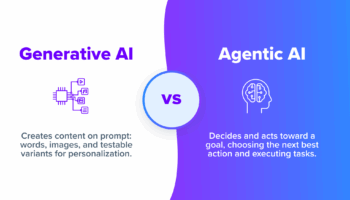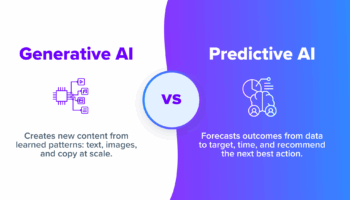Have you ever received a birthday gift that missed the mark? Perhaps it was something you had no interest in, or maybe it was a duplicate of something you already owned. Either way, receiving a gift that doesn’t align with your desires can be disappointing and create an awkward situation.
The same idea applies to marketing. You can’t afford to simply message your audience without intention. You need to target the right audience with the right message; otherwise, you risk alienating potential customers and missing out on valuable sales. That’s where audience segmentation comes in. By dividing or segmenting your target audience into groups based on various shared characteristics, you can create marketing campaigns that speak directly to their needs, interests, and desires.
In this blog, we will explore the five most essential types of audience segmentation for your business to understand and use:
- Demographic segmentation
- Geographic segmentation
- Behavioral segmentation
- Psychographic segmentation
- Technographic segmentation
Additionally, we’ll provide real examples of audience segmentation to demonstrate why it’s crucial for your business to have a thorough understanding of your customers.



